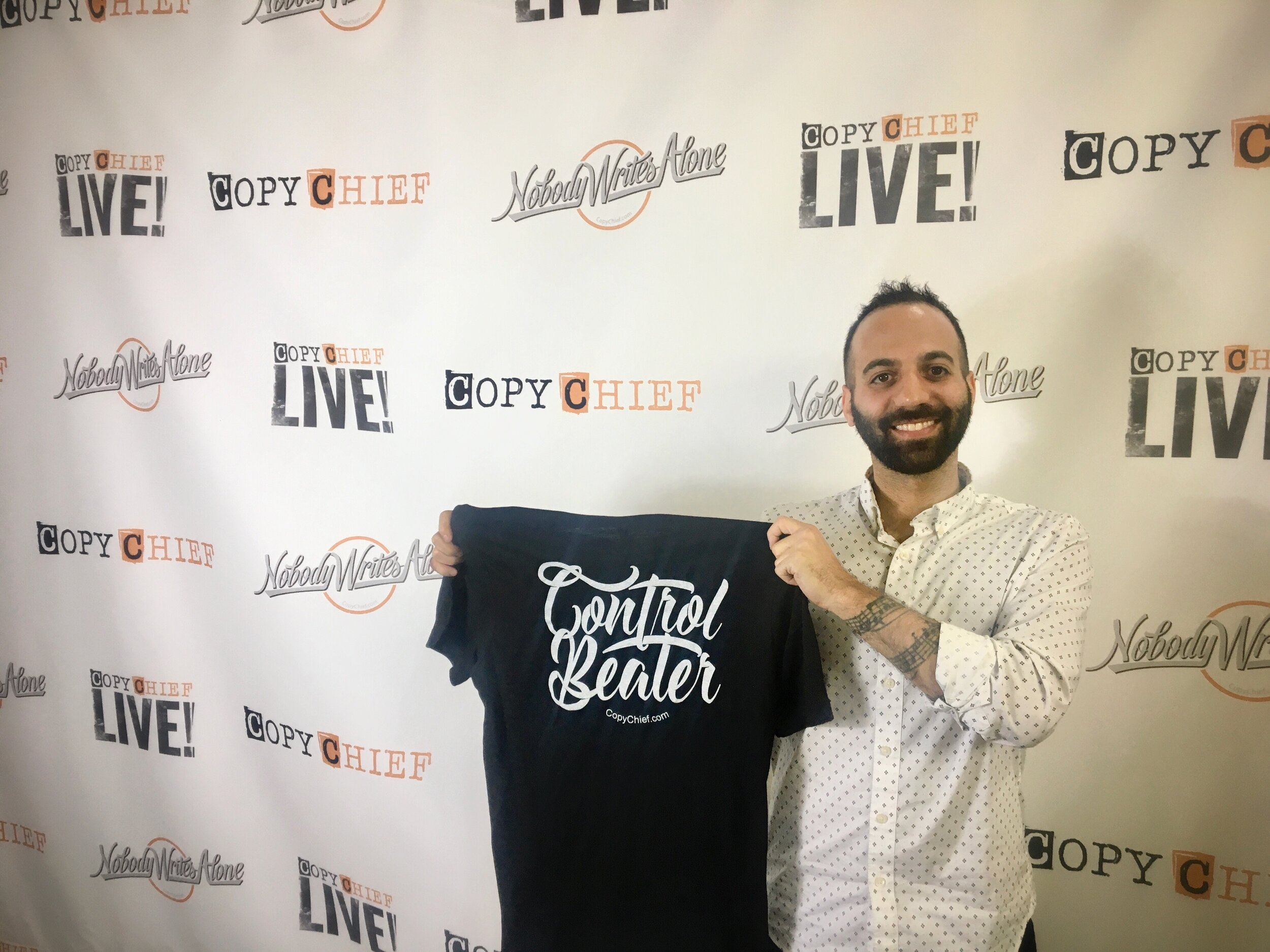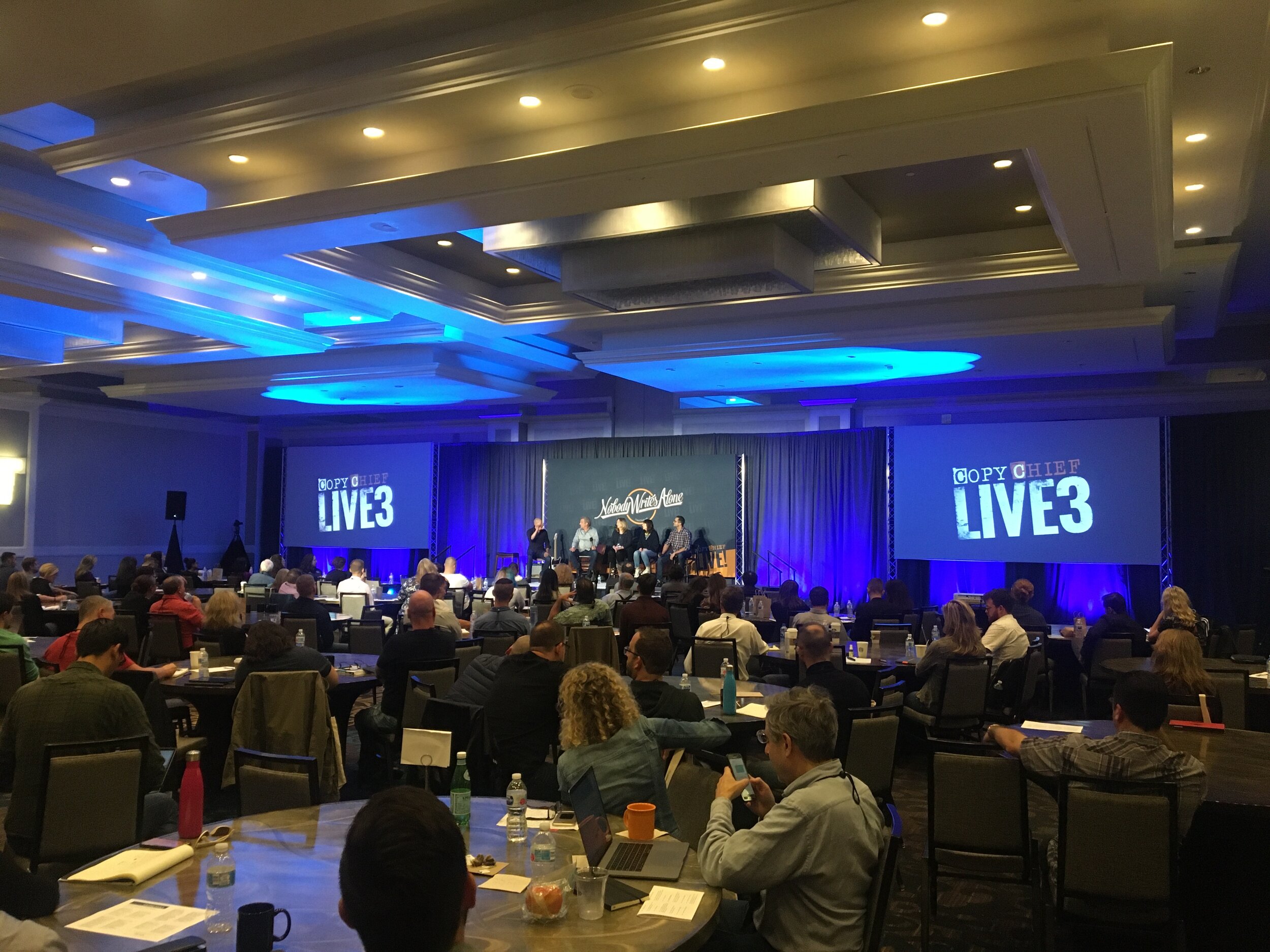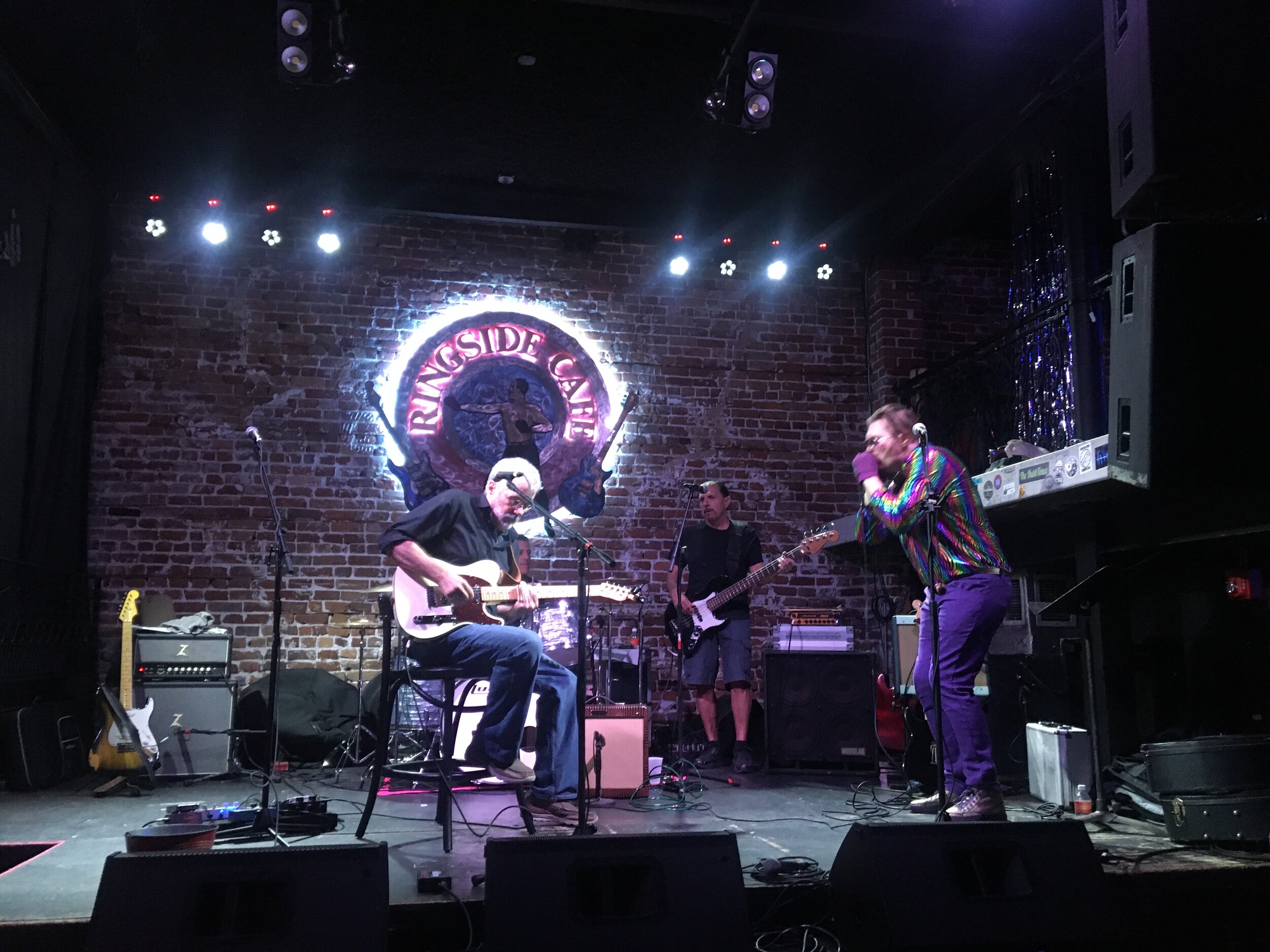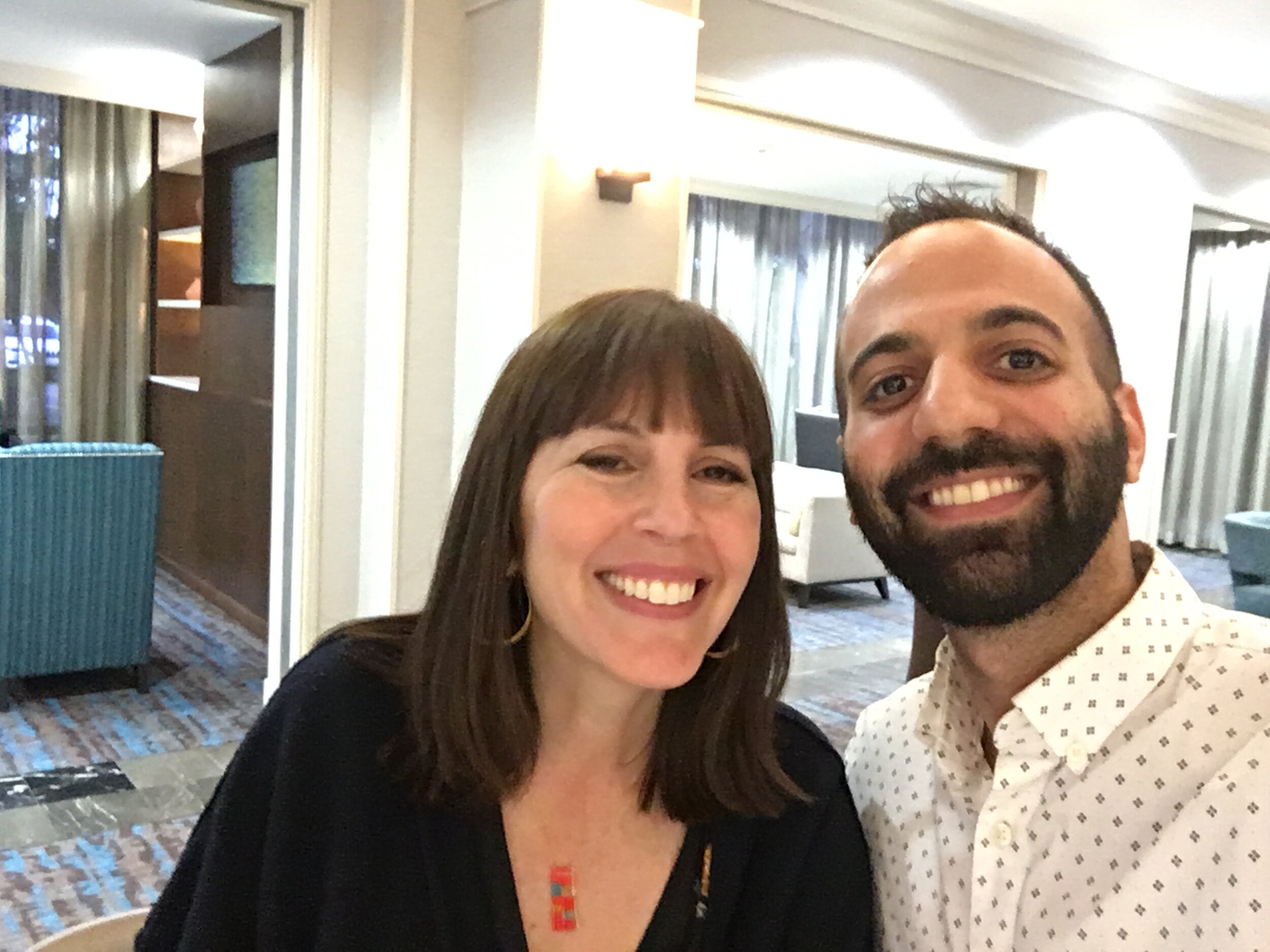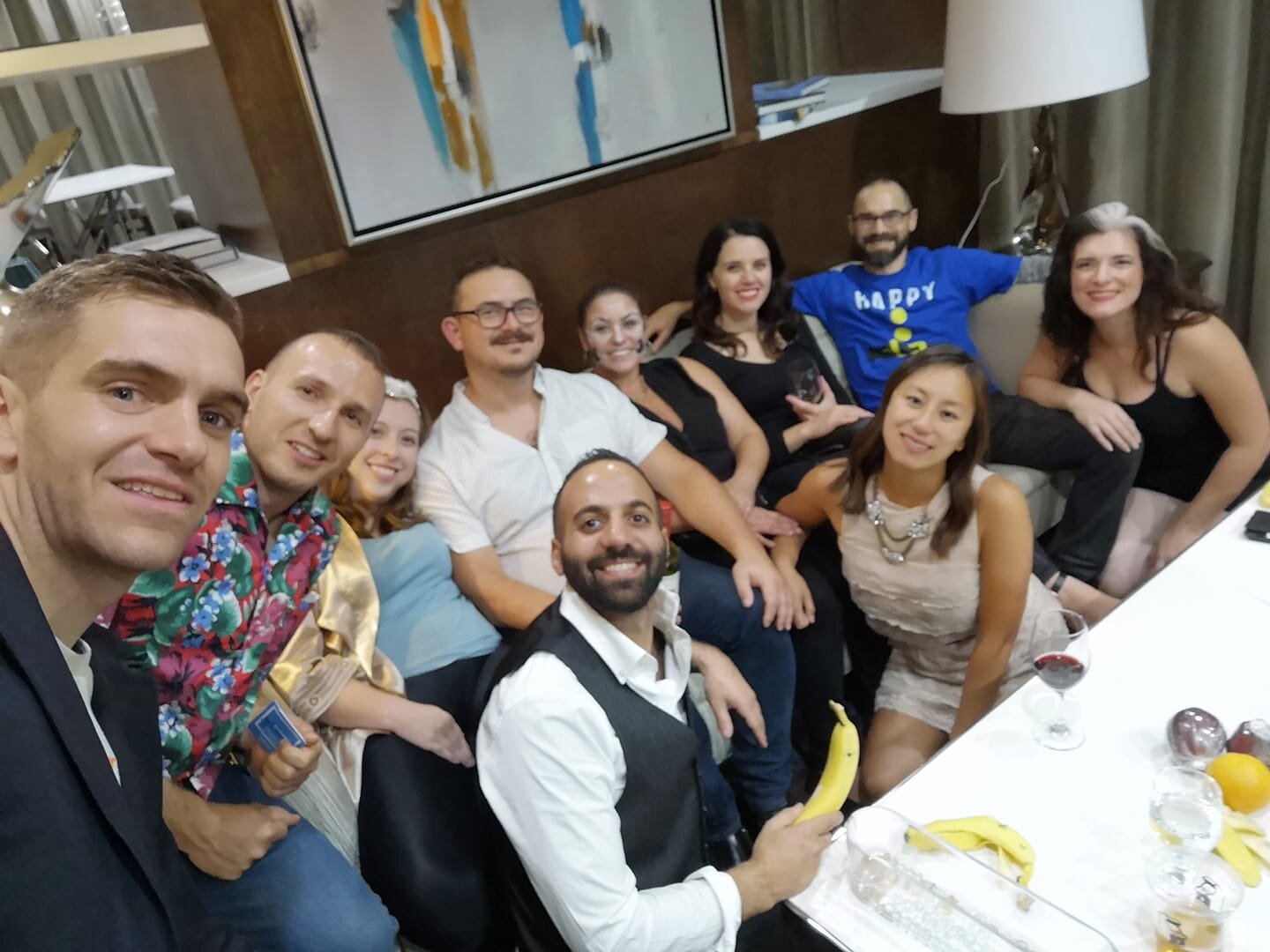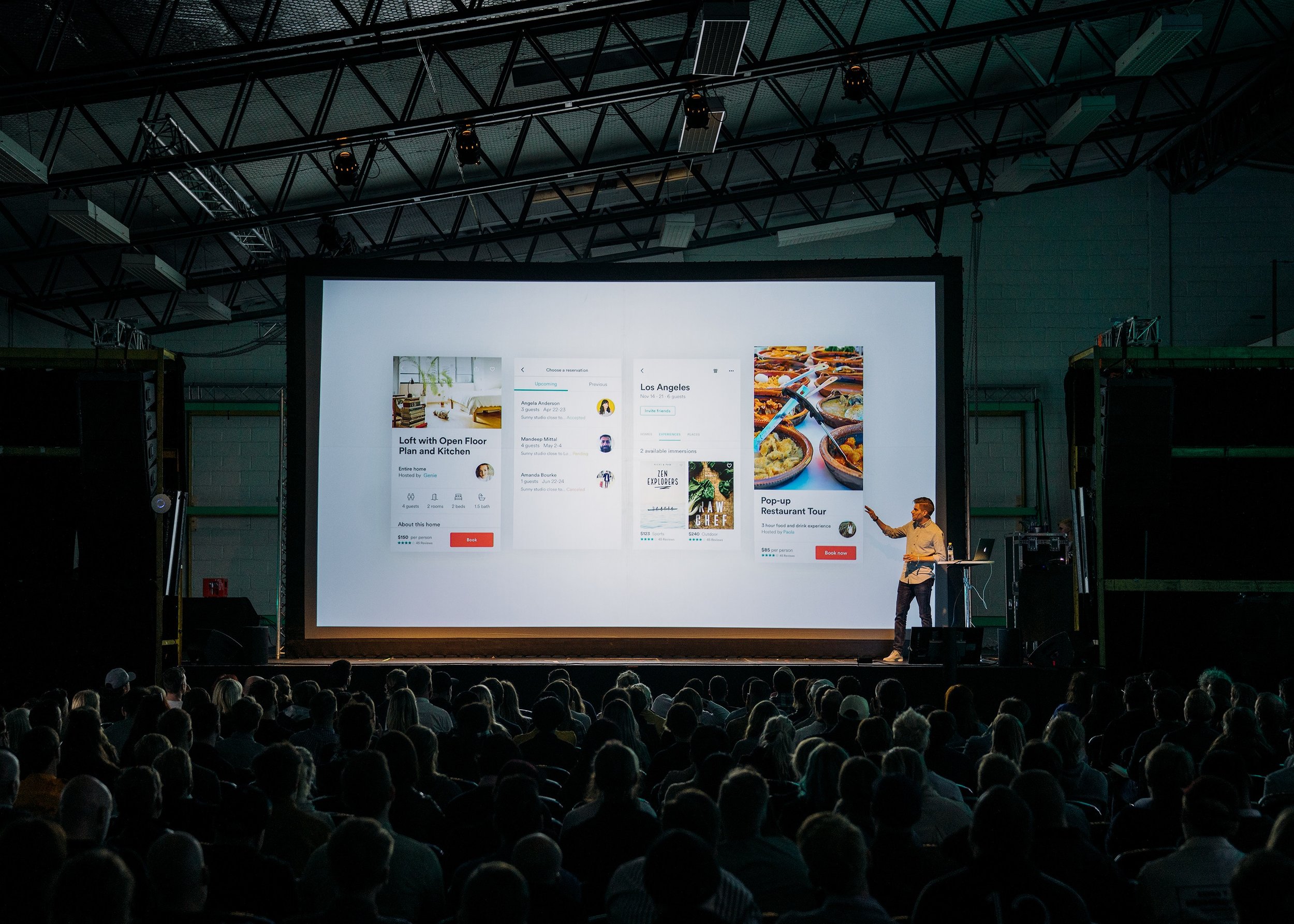And unfortunately… most people mix the two.
The thing is, when people start working from home, they lose the forced “container” for work and every element of their life can blend into their “desk”.
This means that “play” (aka distraction) can blend into “work” time.
When working from home, you must do EVERYTHING in your power to create a powerful mindset of focus, productivity, and discipline — and create a space where you are actually doing the work.
This mindset is fortified by your actions and practices.
You have to mimic elements of the “container” of your normal workplace and create that at your remote space.
Here are some more of my tips to create that space and mindset:
Contain The Hours (a.k.a. Time Blocking)
If you’ve got a remote job to check into (which many do these days), that helps…
…but even the regular “hours of work” can get a little fuzzy and flimsy once you don’t have the office, the boss, and the work institution around you.
The common term is “time blocking” but I just like to call it ‘containing the hours’. Don’t let your work hours spill all over the place and get loosey goosey.
I’ve been freelance writing in different capacities for 8+ years... and I contain/block my hours hardcore.
I work everyday, M-F, from 830-430pm, on the dot (which is actually so freeing and liberating when you’re at your own home and space).
With no boss or company to check into or hold me accountable...
People are always like “Duuuude - you work from home… can’t you work whenever you want and do whatever you want?”
Sure. If I want to starve and lose all my clients.
The benefits of working from home are the mental and physical freedom of having your comfortable surroundings, the ability to be in your own space, the option to go run errands and feel more free, and having no commute...
….BUT you must still treat work as serious work.
And you can do that by “blocking your time” or “containing your work hours”.
I find getting to my desk at 830am with my coffee gets me into work mode. Then I block my hours throughout the day to do effective work (in 2-3 hour chunks). And then I log off at 430pm, and shut off email and the laptop—which gets me out of work mode.
Find what works for you but create your own Time Container and use Start and Stop times to signal the beginning and end of the “work day”.
Some people work at 5 am. Some people don’t start til 10 or 11am. Some start at 830 or 9am.
But everyone who is successful at working remotely creates focused time blocks to “work in” and not “play in”. Find yours and stick to em.
Treat your Phone, Your Social MEDIA, & Your Messaging Like You’re At Work
Once you’re working from home, again, it all comes back to the container of office or work life being removed.
So, you might find yourself on IG even more. On FB even more. On YouTube even more. Scrolling through random websites even MORE.
Cut. It. Out.
Self-discipline and control is even more vital when you’re working from home, otherwise you’ll get caught in a 2-hr InstaStory carousel and not get any work done.
Whether it’s airplane mode, keeping it in your pocket, or just practicing self discipline—you need to keep the phone and the browser tabs on a leash!
PRO TIP: I’ve been using the Chrome Extension— “The News Feed Eradicator” for almost 2 years and it’s the BEST thing in the world.
It gets rid of your FB News Feed BUT keeps your FB—so you can interact, message, add, and click people’s profiles and look at your own wall BUT it gets rid of that dopamine-addicted newsfeed so it doesn’t distract you.
SECOND PRO TIP: You can leave FB on your phone (once you’re disciplined enough) so you can still check the newsfeed in little scheduled chunks if you need that FIX of seeing what your world is up to… but you just don’t want it on your computer/browser while working.
Start to think of all those distractions as: “If I were in an office, would I be so openly and constantly using/checking these? Probably not. So cut it out!”
OK. Once you’ve got your mindset framed and set for a successful workday, it’s time for…
DISCIPLINE — The Best Ways To Prepare For The MOST Effective Work Vibe
To successfully work at home, you have to prepare for it and cultivate daily discipline.
As I keep repeating, you don’t have the institution of a physical business, co-workers, or leadership and bosses right next to you.
You don’t have people creating the work environment and hierarchical structure that guides you at an office, a school, a business, a workplace or beyond.
You’re much more free.
But with freedom can come chaos, laziness, distraction, and UNproductivity!
On the other hand, discipline and preparation can lead to solid productivity.
And as we know… productivity is the goal.
Here’s what I (and many other remote workers and entrepreneurs) do to prepare for the day:
Morning Routine
I think outside of just working from home, a daily morning routine is the most important thing you can have in life.
Many of the most successful business people, creatives, world changers, inventors, and work-from-homers throughout history have done this.
Think about this:
You can NOT control what happens to you during the day.
Craziness at work. Bad traffic. Long lines at the grocery store. Someone spilling a Mocha-latte on your jeans. Angrily sent emails. Upset customers, clients, co-workers, and cats.
Coronaviruses…
What you can control, is what you do to start the day.
And that’s cool.
You can 100% control how you frame your mornings — and how you set up your body and your mind.
The BEST way to do that — is with a proper morning routine.
Morning Routines look different for everyone but they generally have something meditative, something movement related, something intellectual, and something reflective.
For me, every day, for over two years I’ve done this same routine (and of course there are some blips here and there, but I mostly do it all the time).
Brett’s Morning Routine:
530-630am**: Wake up (I try to wake up naturally so wake up time depends in that range and I adjust accordingly)
Let’s say I get up at 6.
6am: 20-min Yoga + 20-min Meditation
640am: Make Coffee
645am: Read books (1 fiction book and 1 non-fiction book)
730am: Write fiction (work on my novel)
8am: Breakfast, get dressed, check emails, check FB/IG
830am: Day-planning and Goal-setting and then WORK
**No Phone use (besides music) is allowed from 6-8am
So in those 2 hours, there is stretching/yoga, meditation, reading a fiction book, reading a nonfiction book, and writing/working on my novel.
After breakfast (where I allow myself 30 min to scroll on the internet, check FB/IG, etc), I get to day-planning and goal setting.
That 2-hr morning routine is my favorite part of my day.
It makes me feel amazing, clears my mind, relaxes and strengthens my body, supports the beginning of my day, and sets me up for discipline and success.
Every day.
But, you don’t have to go all out and do a 2-hr routine.
You can do an hour. Or 30-minutes.
Just do it.
I think the most important parts are: Stretching/Moving, Meditation, and either Writing or Reading something.
If you can even do 10-15min of each (and then build up to larger) your day will be WAY better.
And you’ll find you can work more effectively, think clearly, and react to things more smoothly.
Make Your Bed
After my morning routine…
I make my bed.
And so many incredible leaders stress this.
Check out Admiral McRaven's "Make Your Bed" Speech with 10M views.




















